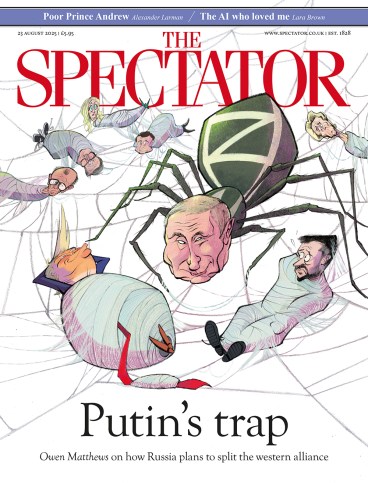
The village of Brigadoon rises from the Scotch mists once every 100 years, and revivals of Lerner and Loewe’s musical are only slightly more frequent. The last major London production closed in 1989; and if you know Brigadoon at all it’s probably through the lush 1954 movie. The new staging at Regent’s Park takes a very different approach. The songs, the basic story and the heather (lots of it, pink and looking only slightly artificial) are all still there, but the director Rona Munro has rewritten the book, backdating the action to the second world war and turning Lerner and Loewe’s American tourists into a pair of shot-down bomber pilots.
The music swings, the park supplies the scenery and the downpour only added to the fun
It’s a bold stroke, and it pays off. Brigadoon premièred in 1947 under the shadow of the war: escapism was what audiences needed and escapism was what it delivered. Munro’s adaptation restores that context, so instead of Broadway whimsy we get something that feels more like Powell and Pressburger – an undertow of tragedy against which the show’s mysticism and hope glows all the more poignantly. The fate of these characters genuinely does feel like a matter of life and death, and as with Regent’s Park’s superb Fiddler on the Roof, songs, story and exuberantly inventive dance routines combine to create an experience that’s deeper and richer than you could have imagined.
Not everything works. Lerner and Loewe seem to have done their research from shortbread tins, and the new production overcompensates. It opens with live bagpipers; elsewhere, a Broadway fantasy of the Highlands is replaced with a 21st-century Londoner’s equivalent – tastefully washed-out tartan, tourist-board Gaelic and a new-agey wise woman. There’s a startling lurch in tone as one character turns rogue and is hunted by a torch-wielding mob (part of me hoped that Munro was about to go full Wicker Man, which would certainly have been a stark reinvention). And ‘The Heather on the Hill’, which in the movie supplies the pretext for a particularly dreamy ballet, gets a simple once-through. In a revival as dance-driven as this, that felt like a missed opportunity, if only because it really is such an incredibly lovely song.
But no production can do everything and it’s never a bad idea to leave us wanting more. This is a better Brigadoon than most of us could ever have hoped to see; it’s intelligent, moving and hugely entertaining, and the cast is first-rate. As the airman Tommy and his Highland lass Fiona, Louis Gaunt and Danielle Fiamanya are sunny, confident leads, more than able to sell a melody even if (in classic operetta style) the secondary couple of Jeff (Cavan Clarke) and Meg (Nic Myers) tended to run away with the show.
Myers, in particular, is a knockout as the man-eating village minx, whether turning somersaults mid-song or dropping into a suggestive growl (‘Are ye even real?’) that’s somehow both sexy and irresistibly funny. Meanwhile the orchestra swings (a touch of Glenn Miller in ‘Almost Like Being in Love’), the trees of Regent’s Park supply the scenery, and the downpour which halted the performance for 15 minutes on press night only added to the fun. Go and see it, but take a pac-a-mac.
Over in Dalston, a shower would have been welcome at the tiny Arcola Theatre, which lacks any noticeable ventilation or air conditioning. Three hours into Tristan und Isolde, with the mercury inching upwards, humidity at tropical levels and a full audience crammed into that airless black hole, I definitely felt Tristan’s misery, but mostly because I was poaching in my own sweat. For much of the opera, the unfortunate cast were wearing long formal gowns or trench coats. It’s difficult enough to sing Tristan under normal conditions. On this occasion you worried that the performers might actually pass out.
What was clear, nonetheless was that the Tristan (Brian Smith Walters) has a chiselled, textured tenor, that the Isolde (Elizabeth Findon) had huge reserves of luminous tone as well as an intense capacity for pathos and that this Kurwenal (Oliver Gibbs), Brangäne (Lauren Easton) and (particularly) King Marke (Simon Wilding) all had plenty to offer in these roles, if only the director (Guido Martin-Brandis) had given them more than the absolute basics to work with. The sets were crude; and while the conductor (Michael Thrift) clearly has sound Wagnerian instincts, his chamber-sized orchestration included a piano – an instrument that should never come within 100 miles of a Wagner orchestra.
This Grimeborn project was clearly well meant, but scaled-down Wagner is no longer unusual, and its justification (as with the recent Regents Opera Ring and Grimeborn’s own Covid-era Ring cycle) has to be its greater intimacy: productions that open new and otherwise unobtainable perspectives on the drama. It needs to be reimagined, and not simply shrunk. Or in this case, dehydrated.
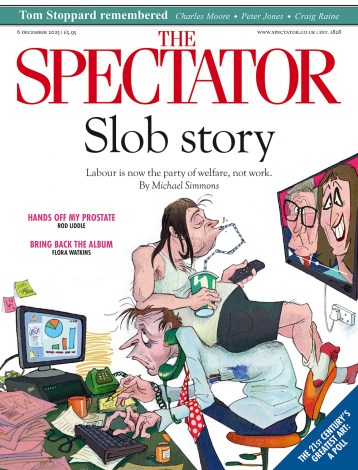
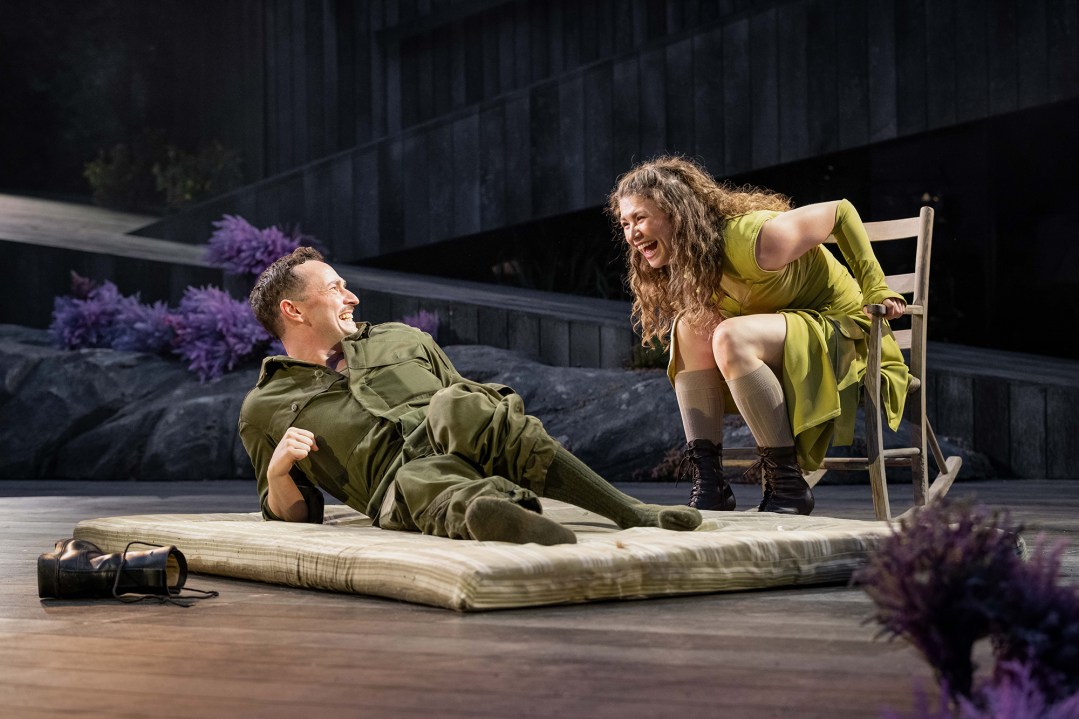
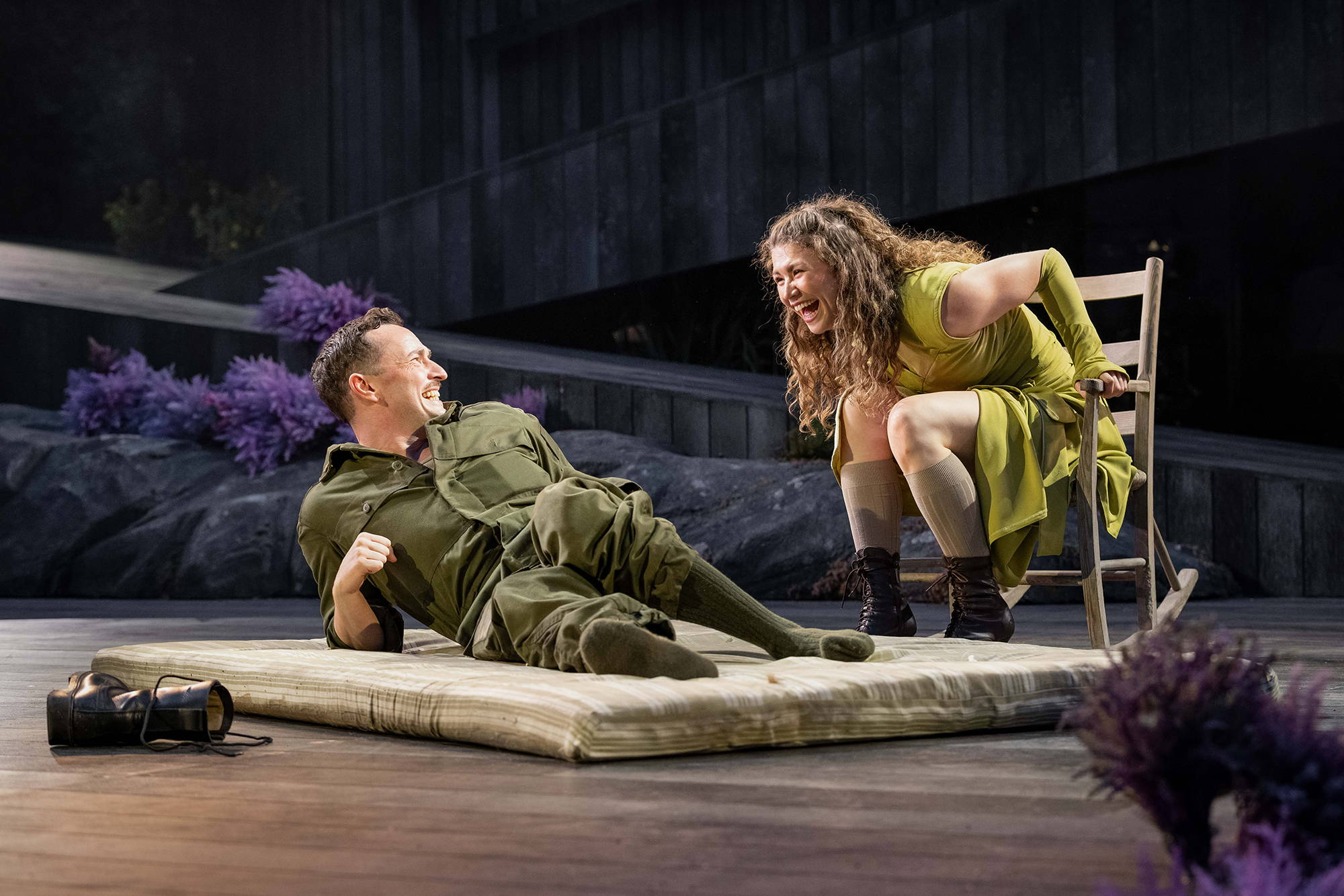
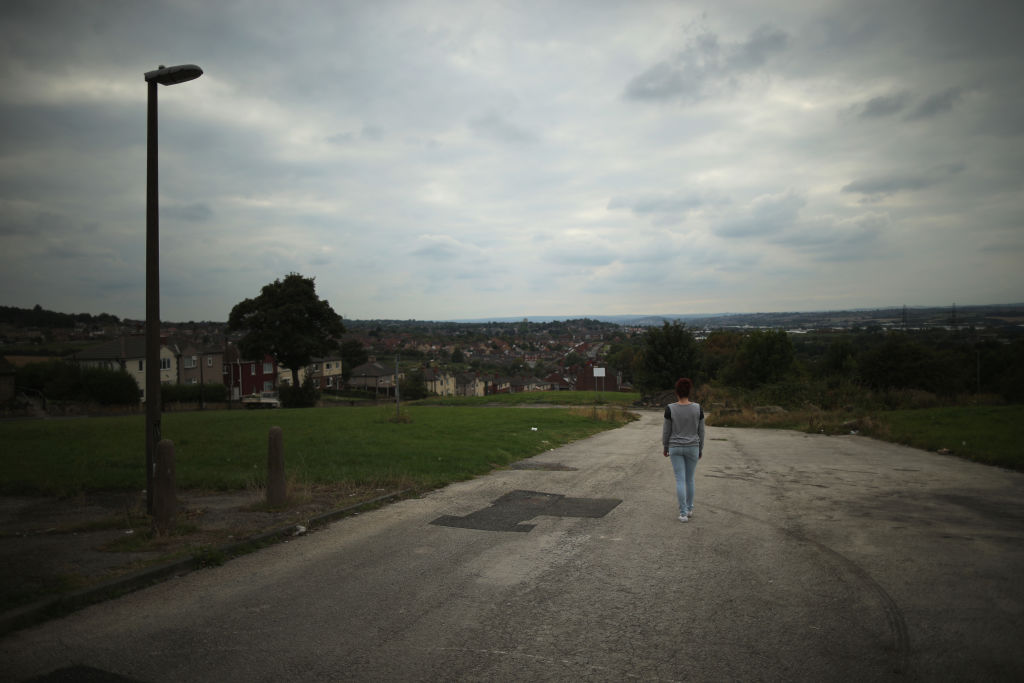




Comments